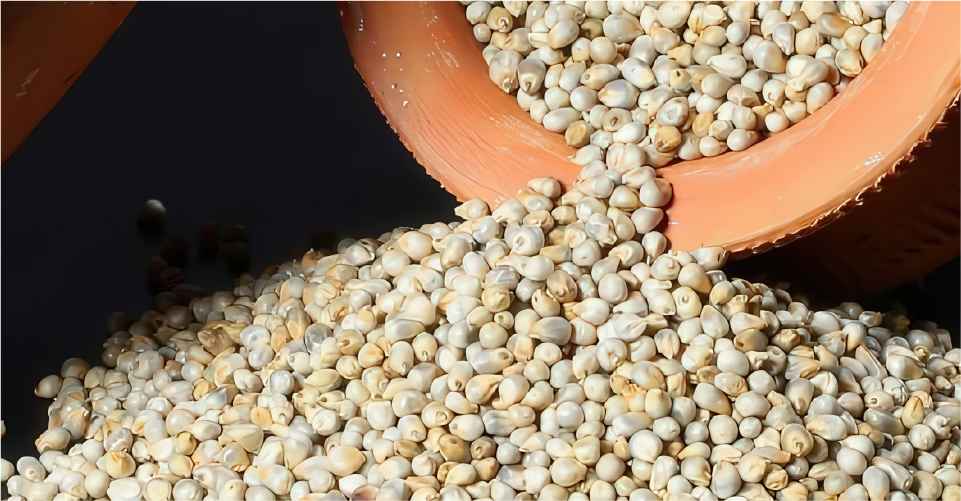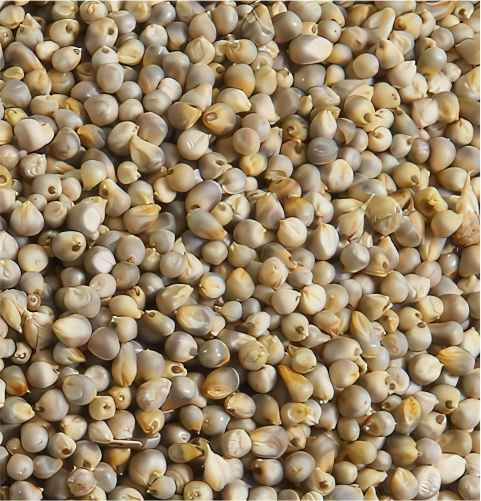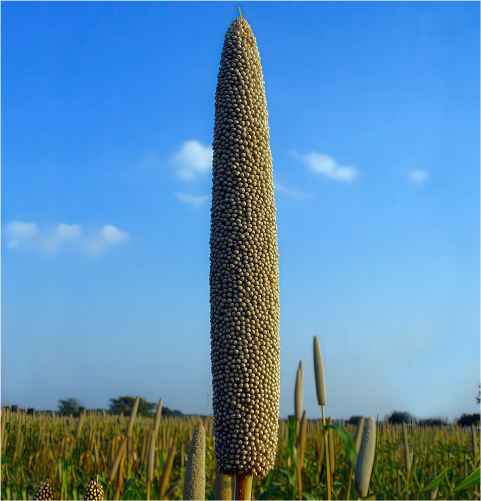


Choose Pearl Millet from AhaaMAG Private Limited for a nutritious, sustainable, and contaminant-free grain. Sourced directly from dedicated farmers who use eco-friendly and chemical-free farming practices, our pearl millet is rich in essential nutrients like fiber, iron, and protein. Our direct partnerships ensure full traceability, fair trade, and a product that supports local communities while protecting the environment. Carefully harvested and processed, AhaaMAG’s Pearl Millet retains its natural flavor, texture, and health benefits. Ideal for both health-conscious consumers and food manufacturers, our millet offers exceptional quality and nutritional value. Choose us for ethically sourced, farm-fresh millet that supports both your well-being and the planet.
Now!
Specifications
| Color | Plant Part | Dried / Fresh | Available Forms |
|---|---|---|---|
| Grey | Grain seed | Dried | Whole |
Nomenclature
- Scientific Name: Pennisetum glaucum (also known as Cenchrus americanus)
- Family: Poaceae (Grass family)
- Other Common Names:
- Hindi: Bajra
- Tamil: Kambu
- Telugu: Sajjalu
- Kannada: Sajje
- Bengali: Bajri
- English: Pearl millet
Description:
Pearl millet (Pennisetum glaucum) is a hardy cereal crop widely grown in arid and semi-arid regions, especially in Africa and India. It is drought-tolerant, thrives in poor soils, and matures quickly, making it ideal for harsh climates. Pearl millet is a staple food for millions and is rich in fiber, protein, and essential minerals like iron and zinc. It is commonly used to make porridge, flatbreads, and fermented foods.
Properties:
- Drought-resistant and heat-tolerant – thrives in poor soils with minimal water.
- Highly nutritious – especially rich in micronutrients like iron and zinc.
- Gluten-free, making it ideal for people with celiac disease or gluten intolerance.
- Antioxidant properties – contains phenolic compounds beneficial for health.
Detailed Uses:
- Nutritional Uses: Rich in iron, magnesium, protein, and fiber. Gluten-free and suitable for diabetic diets due to its low glycemic index. Often used to make flatbreads (like bajra roti), porridge, and fermented foods.
- Health Benefits: Helps manage diabetes and cholesterol. Promotes digestive health due to high fiber content. Supports heart health and anemia prevention.
- Agricultural Uses: Used as a forage crop for livestock. Plays a role in crop rotation to improve soil fertility.
- Industrial Uses: Used in brewing, biofuel production, and sometimes in processed food industries.
